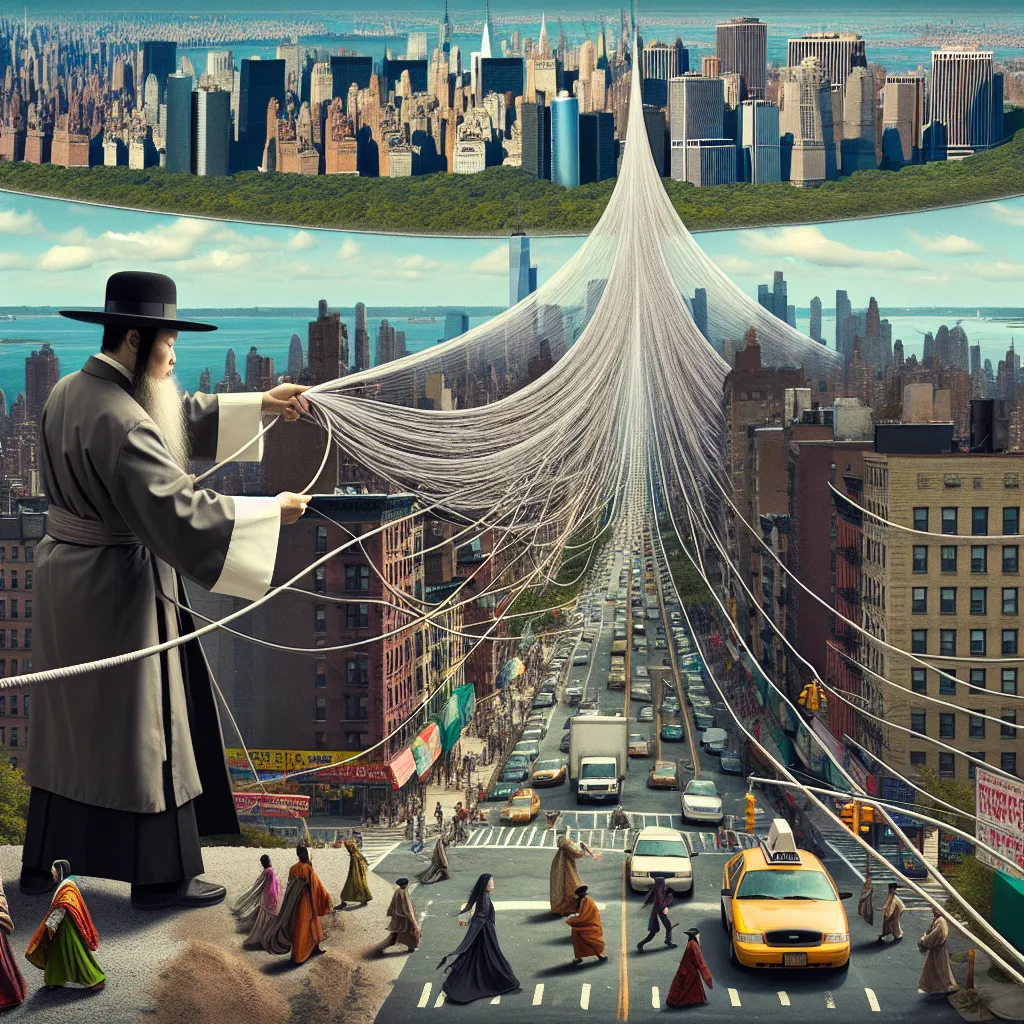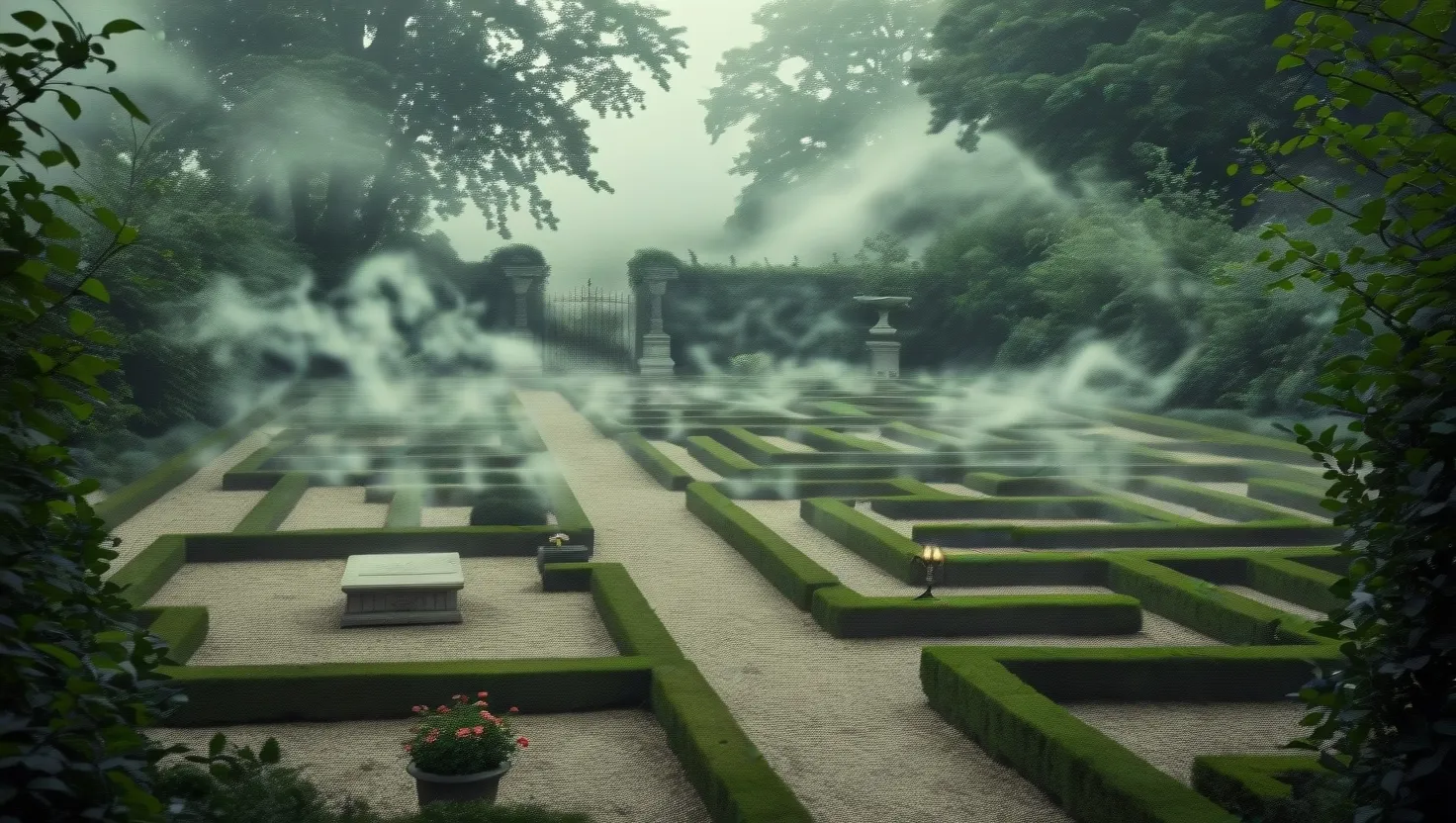Did you know there’s an 18-mile long wire encircling the island of Manhattan? Every morning, this wire is inspected for breaks and snags, and daily repairs keep it in top shape. Maintaining this wire costs about $150,000 a year. Despite being around for years, most New Yorkers, including myself, have no idea it exists. Let’s dive into why it’s there.
To understand this mysterious wire, also known as an eruv, we need a quick lesson on Judaism. The Sabbath, from Friday night to Saturday night, is a day of rest for Jewish people, meaning no work. And work, according to religious laws, includes everyday activities like building, grinding, baking, and even small tasks like tying, tearing, or using electricity. One particularly tricky rule is the prohibition against carrying items from a private to a public area.
On the Sabbath, carrying things within your home is fine, but you can’t carry anything outside. This means no wallet, keys, or even pushing a stroller. If you need to lock your door or carry a child, you’re out of luck. This inconvenience led rabbis, long ago, to come up with a creative solution.
The wire, called an eruv, helps observe the Sabbath without giving up modern conveniences. An eruv is a continuous string or wire that circles a public area, transforming it into a larger, extended private domain where carrying is permissible. Originally, eruvs were actual walls, but today, they include wires strung up around cities. Inside this boundary, people can carry items and go about their Saturday with fewer restrictions.
In the 1990s, there were only a few eruvs in the United States. Today, there are hundreds. If you live in a medium-sized city, likely there’s an eruv nearby. Big cities, like New York, definitely have them. Manhattan’s eruv is the most expensive and covers almost the entire island. It started on the Upper West Side but now includes areas like Hell’s Kitchen.
Every morning, a rabbi checks the wire for any damages, ensuring repairs are made before the weekend. Despite facing vandalism, hurricanes, and even a rogue Thanksgiving Day float, the Manhattan eruv has remained intact for over 20 years.
So, there’s an almost invisible wire running around Manhattan and many other cities worldwide. It’s a fascinating blend of ancient tradition and modern urban life, all to ensure that people can fully enjoy their Sabbath. And now you know why that wire is there!






